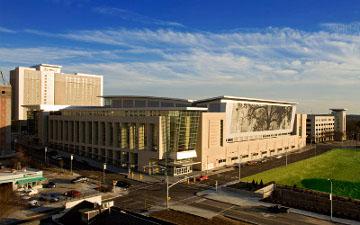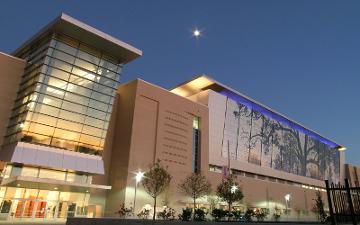
Phase-Field Modeling and Simulation in Fluid Mechanics, Solid Mechanics and Life-Sciences
Hector Gomez, Kris van der Zee, Thomas J.R. Hughes, J. Tinsley Oden
There are many processes in engineering and natural sciences that involve the evolution of interfaces. Typically, such systems evolve towards a thermodynamic equilibrium. Prime examples include interfaces between two (or more) distinct states arising in mixtures and multiphase systems such as in two-phase flows, binary alloys, fluid phase transition, grain growth, solidification, dendritic crystal growth, polymer blends, and even the growth of cancerous tumors, while crack propagation in fracture mechanics is a classical example of interface evolution in a single material. Phase-field modeling refers to a particular mathematical description of a system with evolving interfaces. The key idea is that interfaces are described by a smoothly changing phase field. In other words, we are dealing with diffuse-interface models. The systems are inherently nonlinear equations with higher-order spatial derivatives that account for the interfacial forces. Moreover, the higher-order terms are scaled with a small coefficient (the interface thickness) that makes the equations singularly perturbed. Phase-field models, thus, bring a new set of challenges for numerical simulations, such as, for example, stiff semi-discretizations, stable time-stepping algorithms and the treatment of sharp internal layers.
In this minisymposium, we invite contributions on numerical methods for phase-field models. We welcome abstracts on new modeling and discretization techniques, their numerical analysis, but also their application to problems of fluid mechanics, solid mechanics, and the life sciences or related research areas. We expect a multidisciplinary audience with experts from computational mechanics, mathematical modeling, numerical analysis and applied mathematics.










